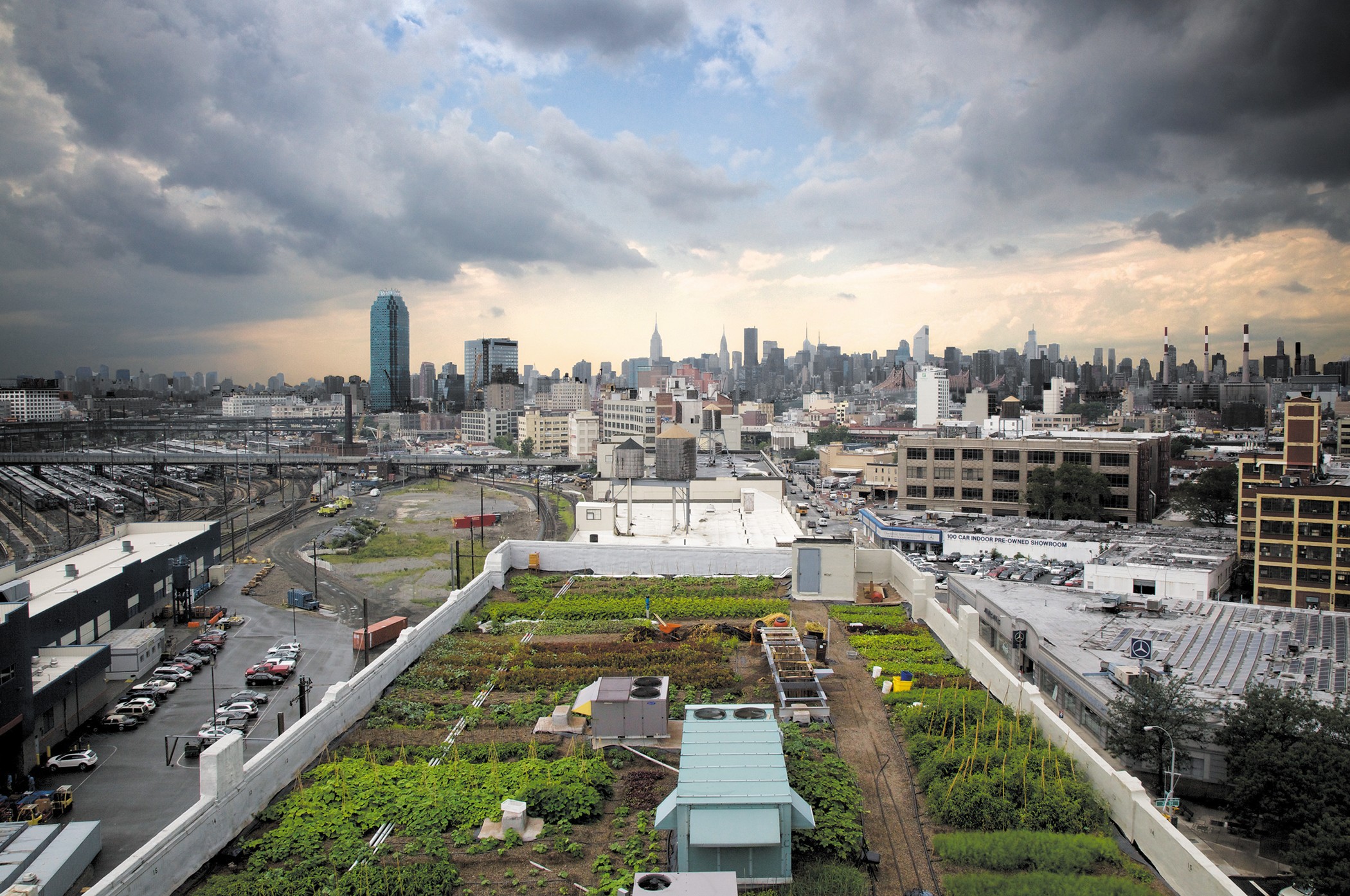Some Known Details About City Blooming
Interested in growing food offer for sale in the City of Chicago? Thinking of starting an area yard? Modifications to the Chicago Zoning Ordinance permit farming uses like neighborhood yards and metropolitan farms in several components of the city. Below is a list of often asked concerns regarding the regulations and laws that cultivators must take into consideration when intending an urban farming job.
The zoning amendment does not change any type of various other codes dealing with composting, building permits, buying or renting City owned property, organization licenses or ecological contamination. There are existing codes that manage these problems and they stay completely effect and might be relevant to your task. Community gardens are usually had or handled by public entities, civic companies or community-based companies and preserved by volunteers.
Urban farms grow food that is planned to be sold, either on a not-for-profit or for-profit basis. Due to their business objective, city ranches call for a company license.
6 Simple Techniques For City Blooming
Composting is enabled yet just for plant product that is produced and used on website. The quantity of garden compost product can not go beyond 25 cubic lawns at any kind of offered time according to the criteria in 7-28-715 of the City's Municipal Code. Yes. Since the soil at many brand-new yard websites needs changing, compost, soil, wood chips, or various other materials can be acquired to build or improve the growing room - sustainability.

If a structure authorization is called for then the hoophouse will be taken into consideration an accessory structure. You can figure out even more concerning the structure permit requirements by getting in touch with the Division of Structures. The 25,000-square-foot dimension limit is planned to avoid a single community yard from controling a given block or interfering with the block's existing domestic or commercial character.
The restriction does not use to yards located in Public Open Space (POS) areas. Can there be more than one area garden that anonymous is 25,000 square feet on a single block? Secure fencing is not needed, nonetheless, yards that have big car park locations may be called for to set up fencing or other landscape design attributes.
How City Blooming can Save You Time, Stress, and Money.
B1 & B2 areas need that all commercial usage tasks be conducted indoors. Is fencing needed for metropolitan farms? Fences might be required, along with landscaping and testing, for certain car park locations and outdoor work or storage areas depending on area and the specific activity taking location.
Urban ranches need structure authorizations and zoning authorizations prior to building and construction (fruit and vegtables). Other kinds of city evaluation might be required depending on details structures, tasks, dimension, landscaping, licensing, public heath and stormwater administration problems.
The Division of Business Matters and Customer Protection can aid determine the specific kind of company certificate that's needed. Off street parking is required for many commercial tasks in Chicago. The required number of parking rooms is based on the number of employees functioning on website and not the square video footage of the expanding room.
The smart Trick of City Blooming That Nobody is Discussing

A city ranch can market compost product created on site, nevertheless, the operation must conform with the laws in 7-28-715 of the Chicago Municipal Code. Aquaponic systems are enabled inside your home on urban farms in many zoning areas.
Up to five hives or nests of honey bees may be kept as an accessory use. However, beekeepers should sign up with the Illinois Division of Farming. For additional information about the proposed zoning change you may call the Department of Housing and Economic Growth, Bureau of Preparation and Zoning at 312.744.8563.
, which takes place in rural areas at the side of suburbs.
Get This Report about City Blooming
, who seek to develop social networks founded on a shared ethos of nature and area holism. These networks can create by way of official institutional assistance, becoming integrated into local community planning as a "shift town" activity for lasting urban growth.
Some of the first proof of urban agriculture comes from Mesopotamia.
Comments on “Getting The City Blooming To Work”